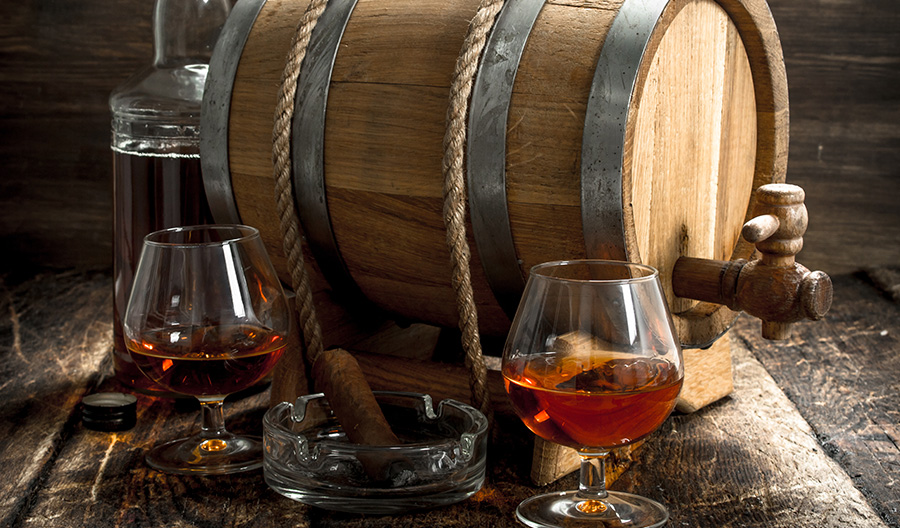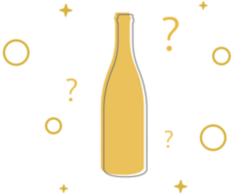Cognac has long been one of the world’s most evocative spirits. It is made from elusive grapes grown in one region, just north of Bordeaux, and is often packaged in fancy glass decanters. What’s more, some of the best brands can have impressive age statements.
While it is generally a go-to as an after-dinner digestif, it can also hold its own in cocktails—which might be as simple as a Cognac and tonic or a sidecar—to be enjoyed before or after dinner.
A Mixologist’s Take
Allen Katz, Director of Mixology and Spirits Education at Southern Glazer’s Wine & Spirits, New York, notes that some of the best and most expensive versions of Cognac are not easy to find.” Many of the world’s classic and historic Cognac houses have samples that date back to the pre-phylloxera era, the late-19th Century agricultural epidemic that virtually destroyed most of the wine grapes in France and other parts of Europe.”
He adds that few of them are easily available on the market these days. However, their mere existence adds to the allure of the category. He goes on to note that part of Cognac’s appeal is that some of the flavor characteristics start to show when it ages.
“There is a great term, 'Rancio Charentais' that is used to describe characteristics in aging Cognac that start to appear after roughly 10 years in the barrel. Rancio is typically described in four stages, the fourth evolving from a Cognac that is 50- to 60-plus years in age and resulting in tropical notes and sandalwood.”

Other Elements of the Finest Blends
Most high-end Cognacs are blends of multiple vintages. Most major houses will try—much like the producers in Champagne and Port—to produce a consistent style from year to year. That may mean blending numerous back vintages seamlessly, which can contribute to Cognac’s cost.
Aging, blending and the focus on small-batch production raises the prices on the best Cognacs, according to Karen Sgroi, Director of Business Intelligence at Southern Glazer's Wine & Spirits. She adds that the fact many of them are merchandised in Baccarat decanters and elegant large-format bottles gives them a little additional bling when merchandised on-premise.
A back-bar display of the most elegant bottles of Cognacs in restaurants and bars should help to boost sales. Descriptors are also likely to help, as well as serving them in the right glasses. Many experts prefer tulip glasses over the large, typical snifters and or balloon glasses. For retailers merchandising Cognacs along with other after-dinner drinks is likely to help sell them, as well as suggesting fun cocktail mixes for the less-expensive brands.

